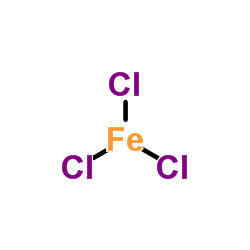| Structure | Name/CAS No. | Articles |
|---|---|---|
 |
sodium carbonate
CAS:497-19-8 |
|
 |
Ferric chloride
CAS:7705-08-0 |
|
 |
Aluminum potassium sulfate 12-hydrate
CAS:7784-24-9 |